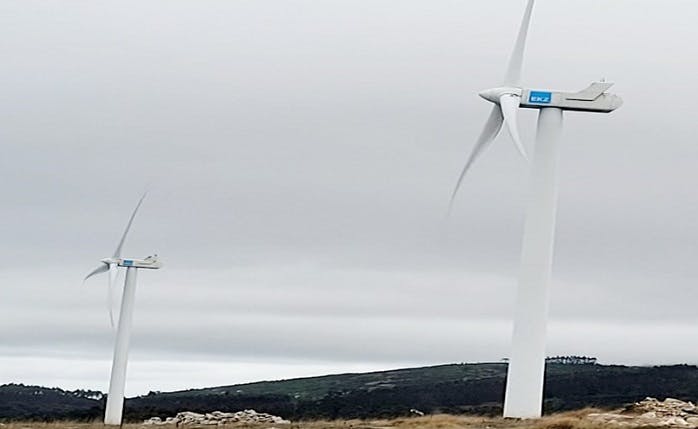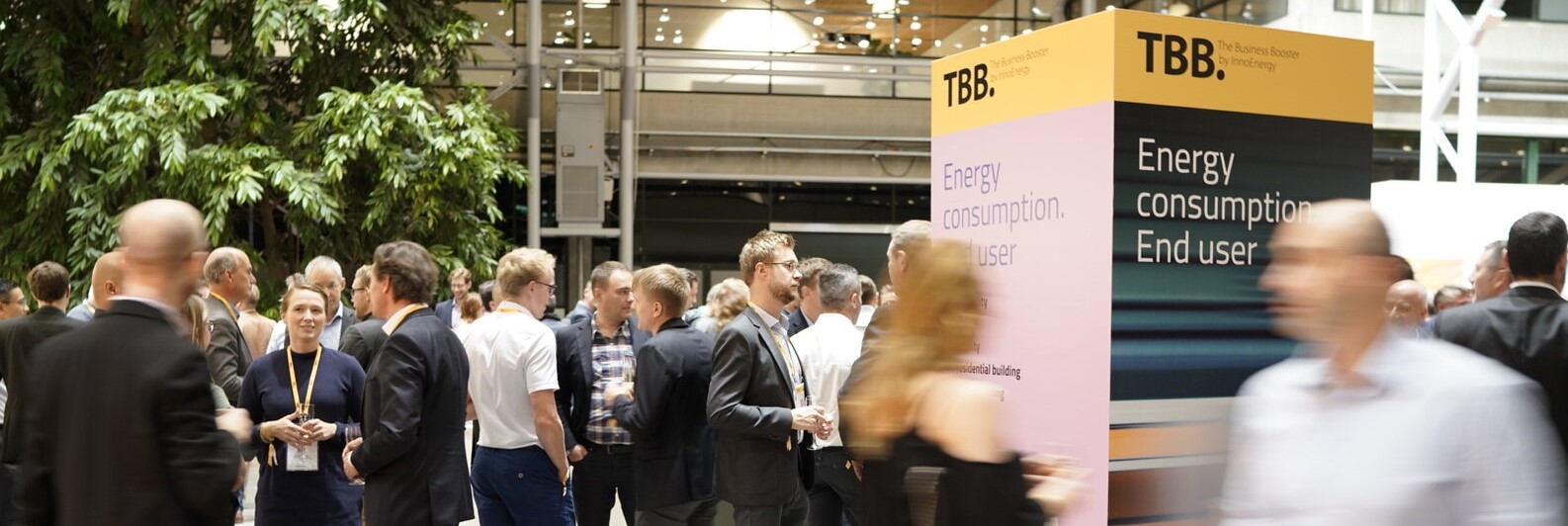InnoBlog: data, smart grids and renewable energy

Whenever we talk about renewable energy systems and sustainability, one concept which keeps floating around these days is something called Smart Grids. With the constant growth in energy demand, governments are encouraging the use of smart technology in renewable energy to deliver a sustainable energy supply. So, let us look into what smart grids are all about and why they are so important in this article.
The Data Direction
With increasing renewable generation and distribution, there is an increased need to address the challenges that weigh on the minds of the people. There are often issues associated with load management, safety and wasted resources. Sometimes, the power outages cause significant losses to the citizens due to unregulated maintenance as well!
Smart grids are essentially electrical networks which consist of bi-directional communication within the entire system ranging from generation to distribution of power. This helps in solving many of the challenges of a traditional grid which is supported by renewables.
So how is this done? Well, the answer is quite simple although the process is not: data. The whole relationship dynamics between renewable technologies and smart grids is through the collection of data which is processed over long time periods. If there are any issues, alerts will be sent directly to the utility due to the self-assessing nature of smart grids. Customers will no longer have to undergo the hassle of reporting issues as it is all taken care of, smartly.
Personally, I was able to get a brand-new insight into this field when I took up an elective course called Installation and Intelligent Buildings and a mandatory course called Energy Systems Management at Instituto Superior Técnico. These courses helped me to understand and design a ‘smart’ home with energy services that can be controlled and mediated through the different learning objectives we were introduced throughout the course. I decided to choose the Installation and Intelligent Buildings course because I would be able to get an electrical background of choosing smart devices for different spaces like homes and offices which I found to be super useful. This was done through the projects assigned during the course wherein we had to draw electrical diagrams and include smart devices for certain spaces based on the architectural design that was given to us.
In addition, I was able to learn that issues with over-generation and wastage of energy can be combatted through smart sensors, smart meters, smart sockets and so on, which can switch on/off the power during periods of use and idleness. All of these can be achieved through a sub-genre called the Internet of Things (IoT). Through tools like these, customers can monitor their energy usage and consumption remotely through dedicated applications and web services. This way, they can have complete autonomy over their systems and be involved in their load usage and spending.

